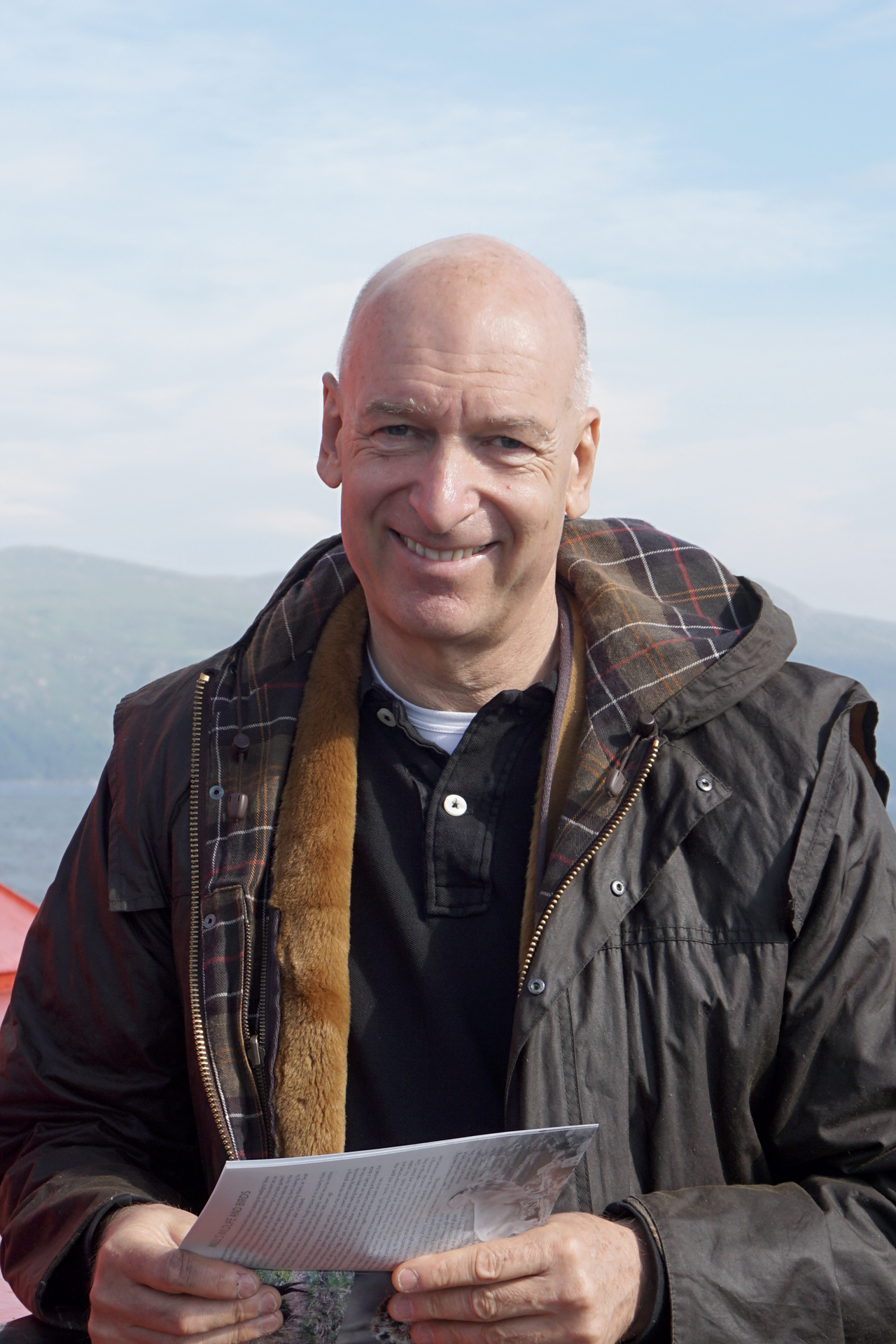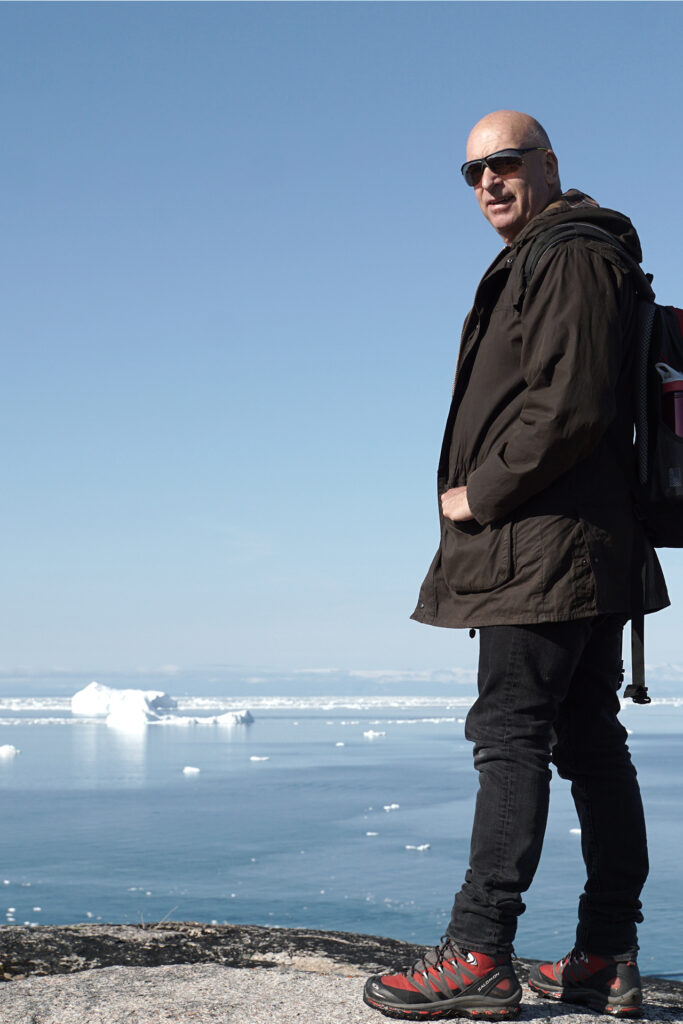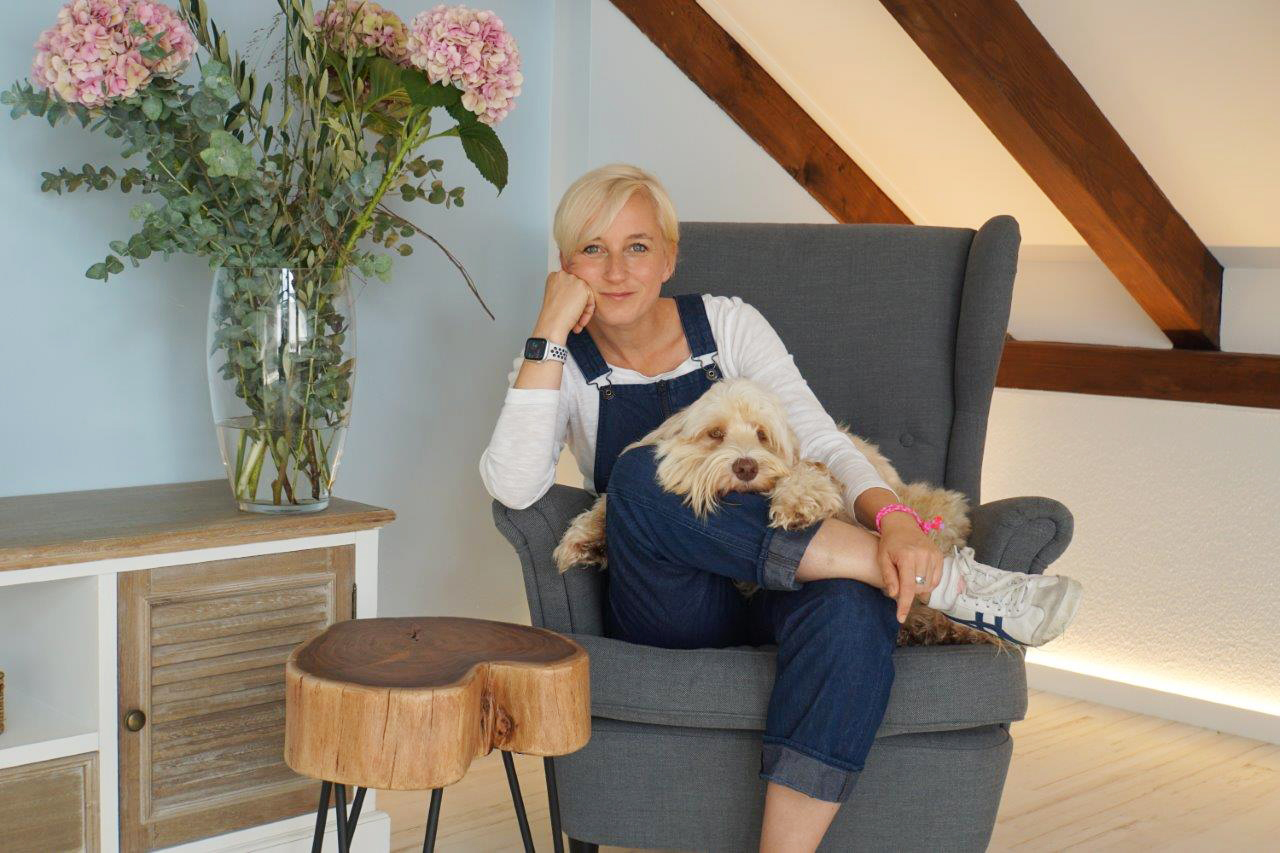Practice for
Psychotraumatology

Vita
A strict school for logical medical thinking, taught by an older generation of medical Professors, was my professional upbringing as an Internist in Basel and Davos. Clinical success and reproducibility remain the guidelines in medicine, both for conventional and complementary methods.
In Chinese medicine, I had the privilege of learning from masters after my basic training in Beijing – from Prof. Ming Qing Zhu in San Jose, the Developer of Scalp Acupuncture, and from Dr. Richard Tan, the Developer of Balanced Acupuncture, in San Diego. Both taught acupuncture far beyond any textbook methods. They also taught me about the reliability of clinical judgment and the importance of results.
In the trauma field Dr. Peter Levine remains a «Beacon of Light» in my learning. In the face of exploding numbers of methods his basic premises remain steadfast: a compassionate approach, neurobiologically based and body oriented. The integration of Prof. Stephen Porge’s Polyvagal Theory, from whom I was also privileged to learn, into most trauma practices can be traced back to these pioneers (along with Prof. Bessel van der Kolk).
In the advanced Studies Master’s Course in Pschotraumatology at the University of Zurich (2007 to 2009) we had the opportunity to be trained by Prof. Luise Reddemann (PITT), Prof. Berthold Gersons (BEPP), Prof. Edna Foa (PE), Prof. Patricia Resick (CPT), Dr. Arne Hoffmann (EMDR) and Prof. Thomas Elbert (NET), most of them being the developers of their respective methods.
My training as a certified Ego State therapist and as a Hypnotherapist SMSH opened new therapeutic worlds as well. Dr. Woltemade Hartman and Kai Fritsche were role models in their application of these methods.
Take care
Joerg Fritschi
Role Models
Eine strenge Schule in klarem medizinischem Denken habe ich von grossen Vorbildern der «Alten Schule» durchlaufen – Prof. Hans Kummer (Bruderholzspital), Prof. Walter Marti (Kantonsspital Aarau), Prof. Ulrich Dubach (Universitätsspital Basel). Was auch immer das Thema, innere und äussere Stringenz, Belegbarkeit (durchaus auch klinisch) und allgemeine Reproduzierbarkeit dürfen in der Medizin nie fehlen – schulmedizinisch oder komplementär.
In der chinesischen Medizin hatte ich das Privileg von zwei Meistern lernen zu dürfen – Prof. Ming Qing Zhu, dem Erfinder der Schädelakupunktur, von dem ich im kalifornischen San Jose lernen durfte, und Dr. Richard Tan aus San Diego, dem Erfinder der balancierten Akupunktur. Beide lehrten eine Akupunktur welche sich weit jenseits der üblichen Lehrbuchmethoden bewegt. Sie lehrten mich auch die Verlässlichkeit des klinischen Urteils, denn die TCM bedient sich ausschließlich klinischer Methoden.
Dr. Peter Levine war und bleibt im psychotraumatologischen Denken und Handeln ein «Beacon of Light». Im expandierenden Meer der Methoden, Entwicklungen und Angebote gibt es immer wieder auch Wichtiges; seine Basis des mitfühlenden Therapierens bei einer biologisch fundierten Methodik bleibt dabei unangetastet. Die wegweisende Integration der Polyvagaltheorie von Stephen Porges, von dem ich ebenfalls lernen durfte, in die meisten traumatherapeutischen Praxen geht auf ihn zurück.
Im Masterkurs für Pschotraumatologie der Universität Zürich waren die Umstände in den Jahren 2007-2009 so günstig dass wir persönlich von Prof. Luise Reddemann (PITT), Prof. Berthold Gersons (BEPP), Pof. Edna Foa (PE), Prof. Patricia Resick (CPT) und Prof. Thomas Elbert (NET) als Entwickler ihrer eigenen Methoden lernen durften. Die unterschiedlichen Ansätze und ihre kompromisslosen Umsetzungen waren höchst beeindruckend.
Die Ausbildung zum Ego State- und Hypnosetherapeuten eröffneten eine neue therapeutische Welt, Woltemade Hartman, Kai Fritsche und Dr. Philip Zindel waren Vorbilder in der Anwendung dieser Methoden.

Images





